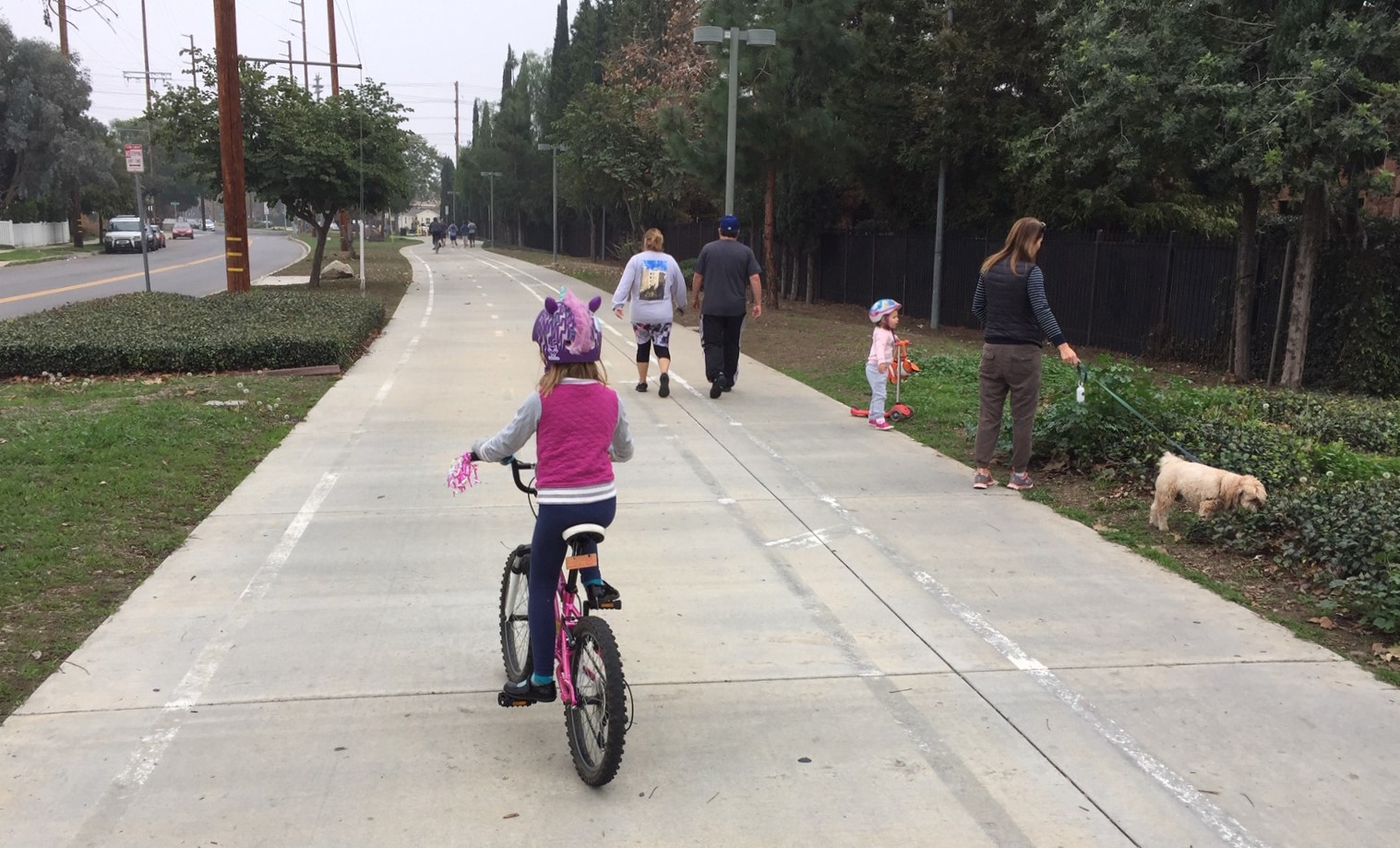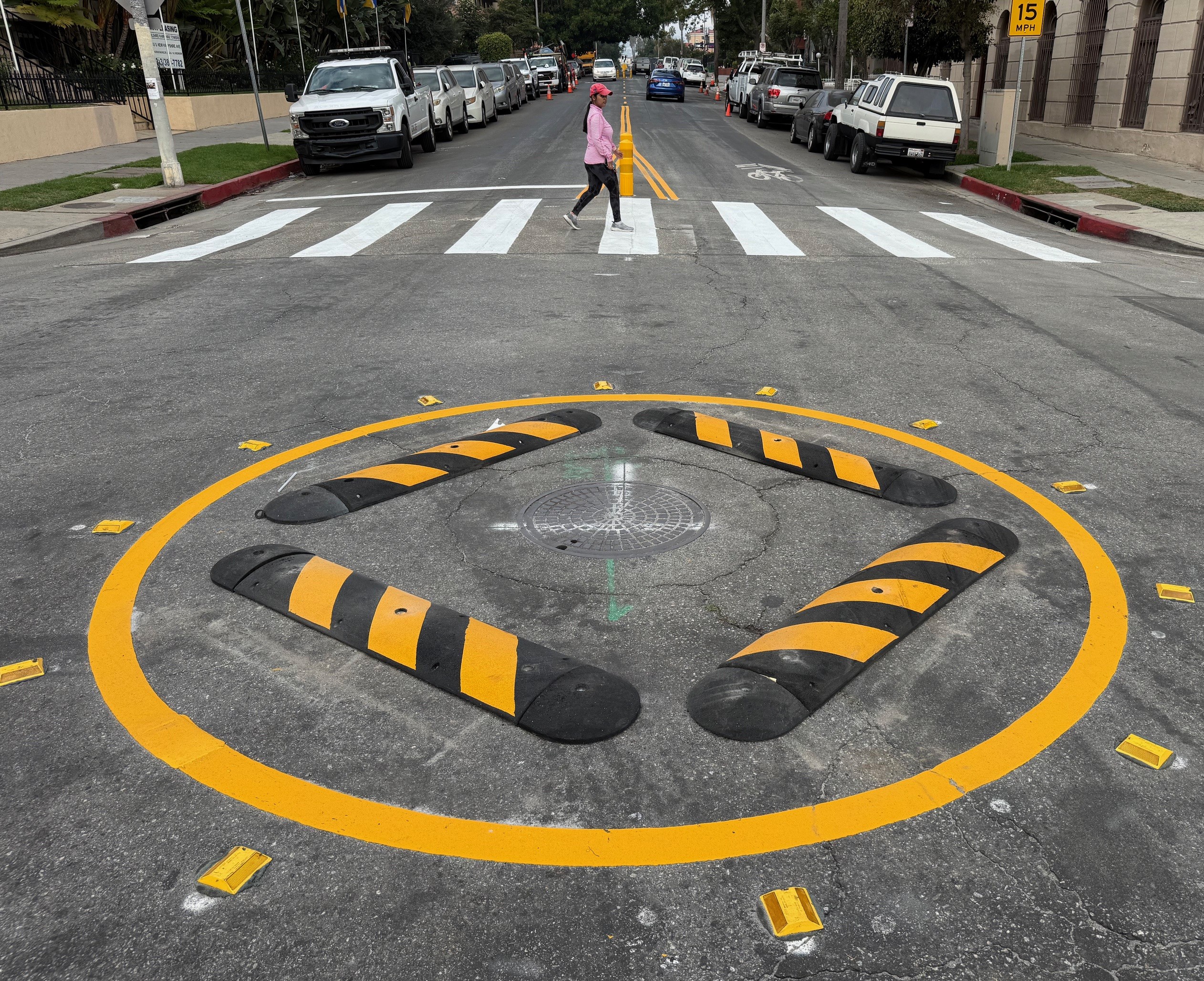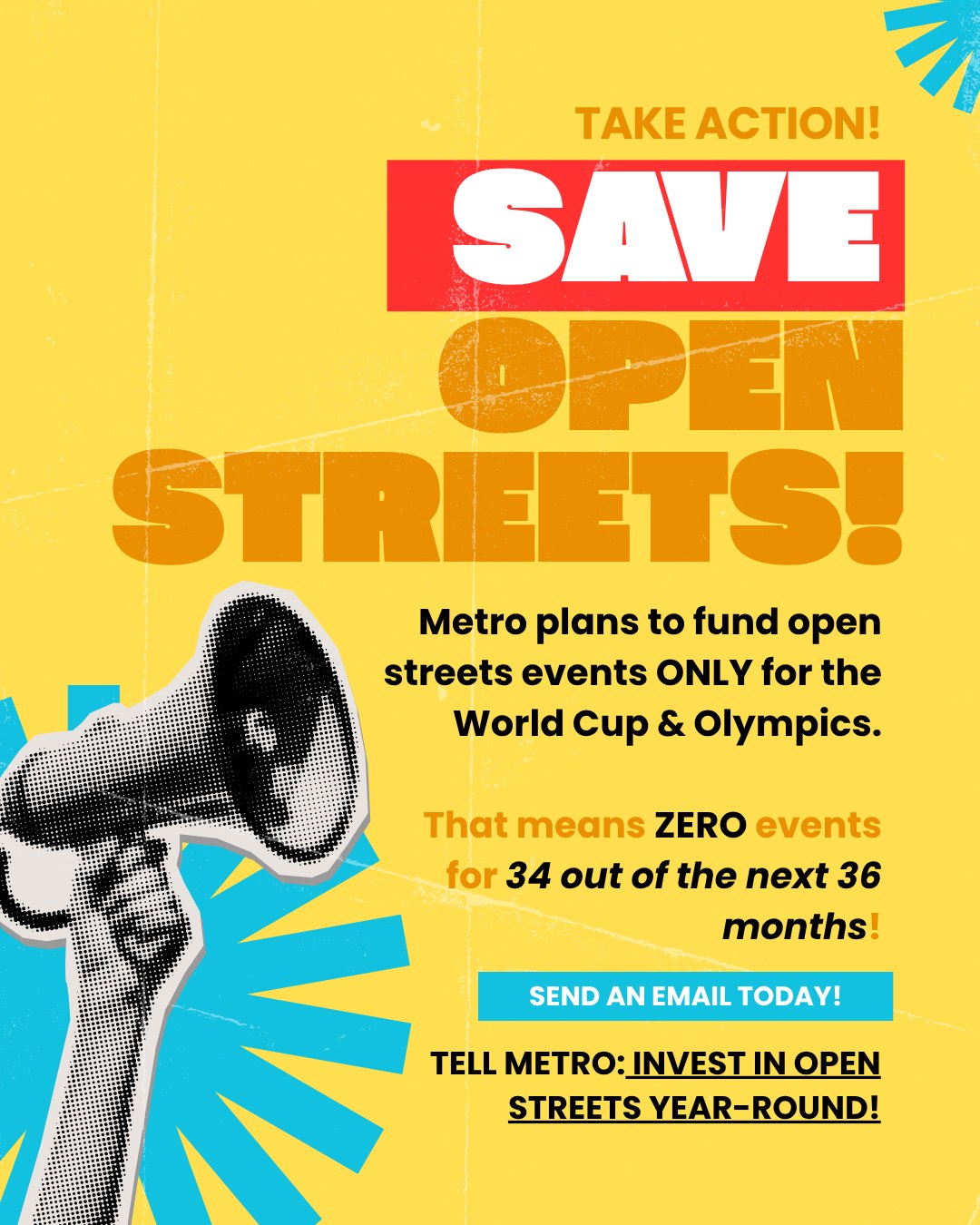On March 24, the City Council Transportation Committee, partially at the urging of Councilman Paul Krekorian, tabled three proposals to increase speed limits for three streets in the San Ferndando Valley. The increases for Arleta Avenue, Sheldon Street and Hollywood Way were previously discussed in this Streetsblog article. There's nothing new to report on these proposals, they're the same as they were three months ago, another limit proposal has found its way onto the Council agenda for this Wednesday's meeting. This proposal would set the speed limit for Hatteras Street., between Hazeltine and Sepulveda, at thirty miles per hour.
 Limit will stay at 30 miles per hour on Hatteras between Sepulveda and Hazeltine
Limit will stay at 30 miles per hour on Hatteras between Sepulveda and HazeltineIt's a curious proposal, because the speed limit along this stretch of road is already at thirty miles per hour, and there is no change proposed for the road. Instead, the proposal serves as a justification of why the limit should stay at thirty miles per hour and illustrates how stacked the deck is against setting speed limits for maximum safety instead of speed. Before we go on, just a reminder that state law requires that speed limits be set within the nearest five miles per hour of the eighty-fifth percentile of drivers unless there's a compelling reason to keep the speed 5 miles per hour lower than the "85th percentile." In this proposal, we can see how hard it is to convince traffic engineers that there's a compelling reason to reduce speeds.
The segment of Hatteras Street between Hazeltine Avenue and Sepulveda Boulevard is a distance of approximately 1.5 miles, with an average critical speed of 31.5 miles per hour. The average lower limit of pace is 24.5 miles per hour, and the average median speed is 27:5 miles per hour.
In other words, most drivers drive below the thirty mile per hour limit. However, those that drive more quickly, drive much more quickly.
A review of field conditions and accident records for this segment indicates that there are no observed conditions that objectively could be considered as not readily apparent to motorists, and could justify a speed limit of 25 miles per hour. For the two block segment of Hatteras Street. between Tobias Avenue. and Vista Del Monte Avenue, where parked cars force pedestrians to walk in the roadway, the combination of the residential character of these two short blocks, low volumes of pedestrians and vehicles, and the absence of any accident pattern, and a 30 foot wide roadway without a centerline that can be shared by pedestrians, bicyclists .and motorists, is not significant enough to justify a speed limit reduction for just two blocks.
If pedestrians being forced to walk in the street isn't cause to lower the speed limit for "two short blocks;" I have to wonder what exactly could happen on these teeny-tiny little blocks to justify slowing traffic.
Although the accident rate for Hatteras Street between Hazeltine Avenue and Sepulveda Boulevard of 3.63 accidents per million-vehicle-miles is considered higher than usual, most of the accidents occurred at signal or all-way stop controlled intersections, and only two of the thirteen accidents (15 percent) that have occurred on Hatteras Street between Sepulveda Boulevard and Hazeltine Avenue during the most recent two year period can be attributed to speeding traffic on Hatteras Street.
And here we see that the crash rate is higher in this area than the average, and that "only" fifteen percent of the crashes in this area are caused by speed. Neither of these are significant reason to lower the speed limit.
In total, we see that most drivers are driving nearer to the twenty five mile limit than the proposed 30 mile limit, there's a segment of the area where pedestrians have to walk in the street and there are a higher than average number of crashes in the area, partially as a result of speed. None of this is significant enough to call for the limit to be lowered. Critics of LADOT and speeding traffic often argue that it takes a death for speeding traffic issues to be taken seriously; let's hope that's not the case on Hatteras Street.






